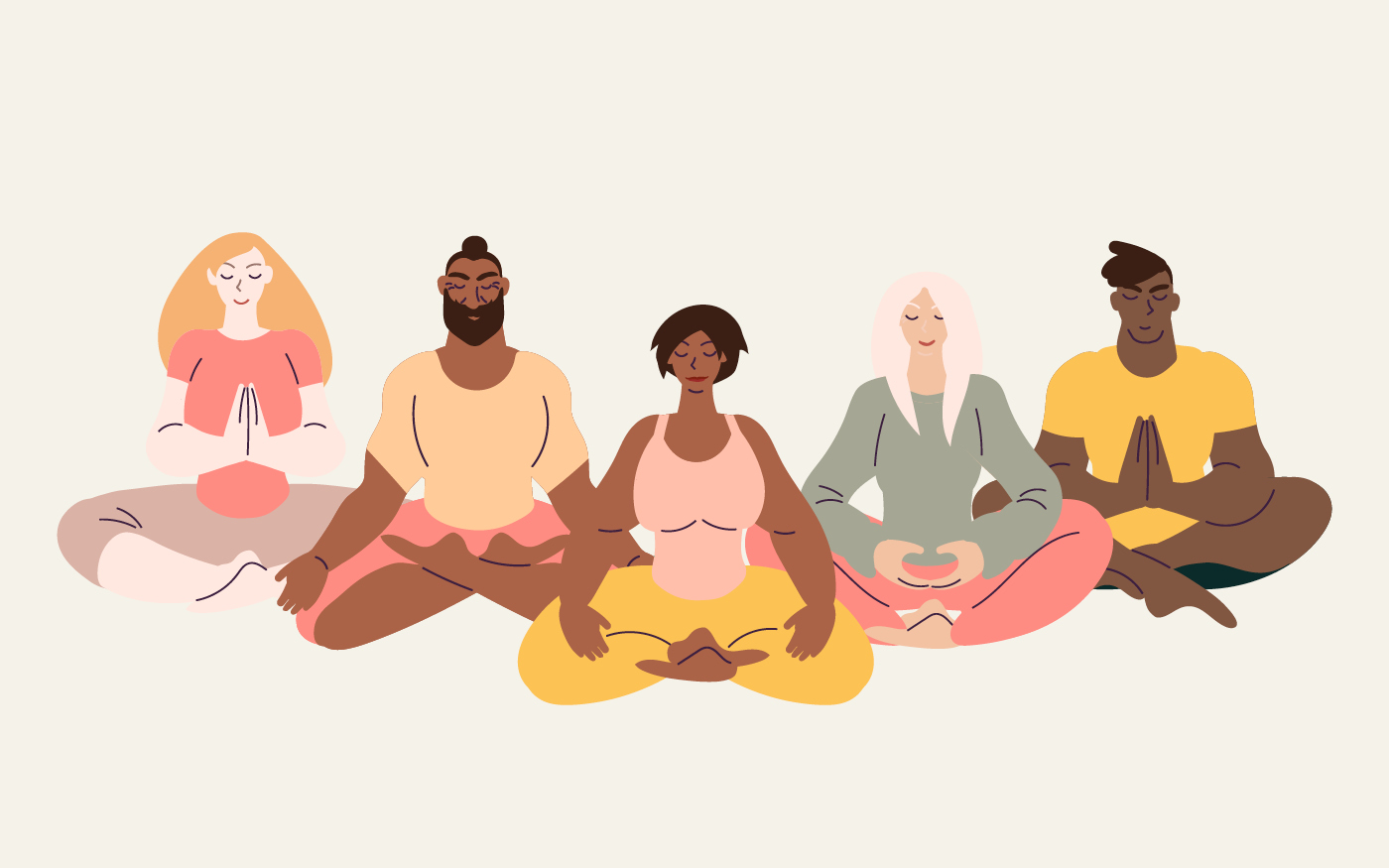On a bad day—and those can come one after another—every little thing can drive us to distraction. We’re itchy, antsy, pulling our hair out, too jumpy to even meditate. Next time your brain gets knotted up, consider these suggestions.
1. First, slow down
When we are anxious EVERYTHING speeds up—our thoughts race, our heart pounds, our breathing accelerates. This makes it difficult to think clearly and make healthy decisions. At the first sign of things speeding up, move a little slower and see what else you can do to intentionally s l o w t h i n g s d o w n.
2. Come to your senses
Anxiety lives in our minds and often manifests in the body. When we’re anxious we’re not connected to where we are. Take a few moments to connect with your five senses. It will help bring you back into the moment.
3. Be mindful of a simple task
Life is full of simple tasks: walking, eating, answering emails, gardening, drinking water, cooking. When we’re anxious, we feel out of control. Being mindful of a simple task helps remind us we’re in control of our choices. Choose a task and imagine it’s your first time doing it. Dip into the richness of your life.
4. Do a reality check
Anxiety often stems from fear about events that haven’t taken place. Our minds are very creative and powerful and often tell stories that aren’t true. When you have a catastrophic thought, ask yourself, “Is this thought absolutely true?” Chances are your worst fears are just that—fears, not facts, not the reality of what is happening.
5. Release the critic
Not only is anxiety painful enough, but we often get hit with a second round of self-critical thoughts. A simple question: Do the judgments make you more or less anxious? The answer is almost always, more. When you notice the self-critic, see if you can interrupt it by dropping into your heart and saying, “May I learn to be kinder to myself.”
6. Channel your anxious energy
Not all anxiety is bad. Like most mental events, anxiety lies on a spectrum. If your anxiety isn’t severe, you can actually channel that energy into something productive. If you’re nervously waiting to hear some news, get active—go for a brisk walk, clean, organize, or garden instead.
7. Lie down and look up
This is an age-old trick…a natural experience of mindful awareness sets in when we just lie down, look up at the sky, and watch the clouds. Experience the nature of how all things naturally come and go.
8. Listen
As an experiment, take the day and set an intention to listen. Listen to the sounds of leaves in the wind, of kids playing, or someone speaking to you. When we pause and listen, we can get back in touch with the simplicity of life, and anxious thoughts begin to simmer down.
9. Practice 5×5
In moments of moderate to intense anxiety the 5×5 practice can come in handy. Go through each of your senses and name five things that you notice about them. In other words, name five things you’re seeing, smelling, tasting, feeling, and hearing. This can help interrupt the automatic catastrophic thinking that’s fueling the anxiety.
10. Know your triggers
What makes you anxious? Being late? Performing for a crowd? Social situations? If you know your triggers, you can prepare soothing practices better. When the mind feels prepared, it’s more at ease.
11. Nurture patience
Impatience is to anxiety as patience is to calm and ease. If you want to create mastery around patience, you need to be on the lookout for impatience and get curious about it. How does it manifest in the body? Can you let it be? Patience isn’t only a virtue. It’s a pathway to emotional freedom.
Discover Your Natural Balance
The mountain meditation is a wonderful way to give yourself the experience of balancing in the midst of the mind’s ever-changing nature.
1. Sit in a comfortable position, close your eyes, and take a few deep breaths. Allow the breaths to be an anchor to this moment.
2. Imagine yourself as a mountain, with the forest covering the mountain and all its foliage. Do your best to get in touch with this visualization.
3. Experience the different seasons, of summer, fall, winter, and spring unfolding. The fall brings beautiful colors, the winter all the snow, ice and storms, spring brings its newfound flowers, and summer brings heat and potentially fire.
4. Now ask yourself, “Has the mountain itself actually changed?” The mountain remains the same: solid, stable, and grounded.
5. In the midst of anxiety say to yourself, “Breathing in, I imagine myself as the mountain, breathing out, I am grounded and solid.” Feel the natural balance that’s there.








